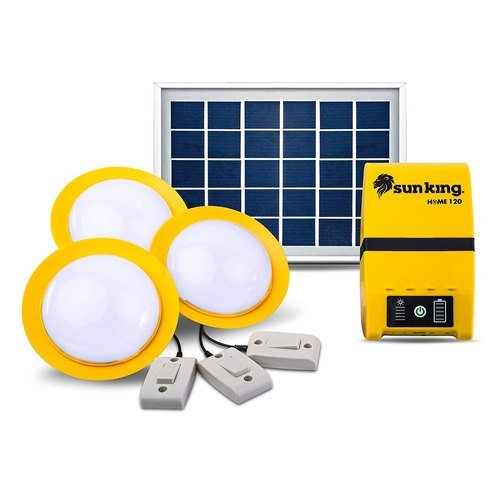
Solar Street Lights are a prevalent and innovative solution for illuminating public spaces sustainably and cost-effectively. Solar streetlights have photovoltaic cells responsible for converting the sunlight’s radiation into electricity. The device’s semiconductor materials facilitate the transformation of solar energy into electricity. This energy conversion process is known as the “photovoltaic effect.”
Solar LED lights need sunlight to work, but they do not necessarily need direct sunlight. These lights can still get charged and work on cloudy days or in areas with partial shade. The solar panel will still collect energy from the sun even if it is not exposed directly. Even artificial lights can charge solar panels.
The French scientist Edmond Becquerel recognized that solar thermal energy could be captured to generate electricity in 1839. His French compatriot Augustin Mouchot created the first solar- powered generators in the 1860s. These rudimentary generators put out enough energy to power small bulbs but weren’t solar lights as we know them today.
American inventor Charles Fritts, in 1883, takes credit for creating the first solid solar cell, so he is perhaps the most obvious answer to ‘who invented solar lights.’ This first solar cell only had around 1% electrical efficiency; the best solar panels today can have over 20%. These Lights are highly energy-efficient. They utilize LEDs, known for their low energy consumption and long lifespan. LEDs transform a high percentage of electrical energy into light, minimizing wasted energy and maximizing illumination.
One of the most significant environmental benefits of solar lights is their ability to reduce carbon emissions. Unlike grid-powered lights that rely on electricity generated from fossil fuels, These street lights harness clean and renewable energy from the sun. Rain will not damage the solar lights as they’re made to withstand rain and other weather changes.
These Street Lights have components such as an SPV Module, charge controller unit, battery, luminary, interconnecting cables and pole.
Solar photovoltaic (SPV) module: is fixed on top of the pole with suitable inclination to receive maximum sunlight throughout the day. The SPV module produces suitable voltage and current, which is used to charge the battery. During the night, the lamp which is housed inside the luminary lights up by using the energy stored in the battery.
Charge controller unit (CCU): controls the charging. Charge controller unit increases the battery life by not allowing the battery to deep discharge and overcharge. During deep discharge conditions, the CCU turns off the light, so as to stop further discharge of battery. During overcharge conditions, CCU disconnects the solar module and prevents overcharging of the battery.
Battery: The energy that is generated by SPV module is stored in the battery. This energy is used to light up the luminary during night time. For these street lights, LiFePO4 battery is normally used, which is more compact than the battery box style fixture of traditional street light which houses Tubular Lead Acid batteries. Lithium ion battery used in these type street lights, is housed inside the luminary itself.
Luminary: LED lamp or fluorescent (CFL) lamp is used to provide illumination. CCU and the battery are incorporated in the luminary itself if the battery used is lithium-ion battery. If the battery is lead acid, only the CCU is incorporated in the luminary.
Interconnecting cables: Cables are used to connect the SPV module, luminary, CCU and battery.
Pole: MS street light pole or GI pole is used to mount the SPV module and the luminary at a height of 4-5 meters above ground.



